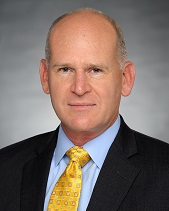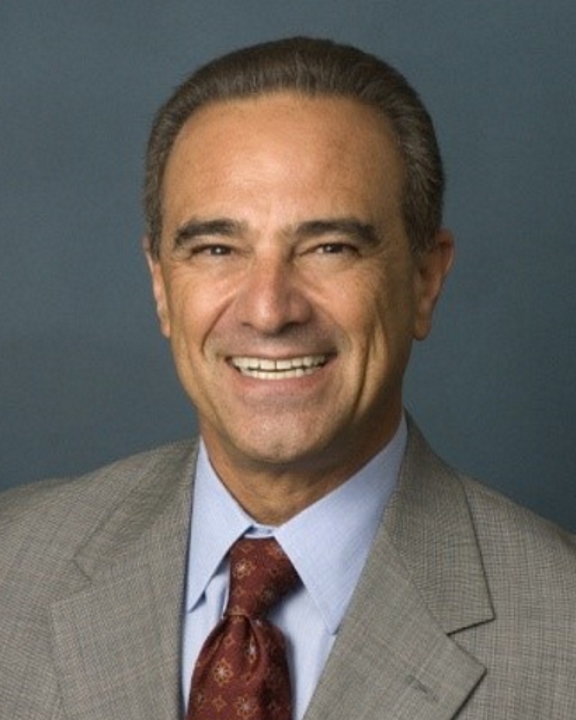The Centers for Medicare and Medicaid Services’ (CMS) Direct Contracting (DC) Model Options, a new set of voluntary payment models announced this week by the U.S. Department of Health and Human Services (HHS) for Medicare fee-for-service patients and their health care providers, represent a major step forward for population health management and value-based care.
Based on the initial HHS information, the new programs offer a compelling opportunity for just about all health care organizations, including medical groups, IPAs, ACOs, Federally Qualified Health Centers (FQHCs), health systems and health plans (health plans are eligible for geographic model only).
What are the DC Model Options?
DC Model Options consist of three new voluntary risk-sharing payment models, each spanning five years plus an initial year to align sufficient Medicare beneficiaries. Per CMS:
- Professional has the lower risk-sharing arrangement—50% savings/losses and provides for primary care capitation, a risk-adjusted per member per month (PMPM) payment for enhanced primary care services priced at 7% of total cost of care.
- Global offers 100% risk-sharing of savings or losses, with two payment options: primary care capitation or total care capitation, a risk-adjusted monthly PMPM payment for all services provided by direct contracting participants and preferred providers with which the direct contracting entity has an agreement.
- Geographic is still in development, with CMS seeking input. This possible option would have similar features to the Global model, with participants assuming responsibility for the total cost of care for all Medicare fee-for-service beneficiaries in a defined region. Health plans would be eligible for this option as well as providers.
Some Key Points
The new payment model options are CMS’ most ambitious to date in breadth and scale outside of Medicare Advantage. The approach CMS is taking should help to extend the move to value based payment and particularly capitation across the country and well beyond current concentrations in the Northeast, Florida and Southern California.
- The model options are financially attractive to a much wider range of providers, even in communities with lower Medicare Advantage penetration, from small primary care practices to the largest health systems and potentially health plans because they focus on enabling primary care physicians and groups to take more accountability and access greater premium dollar through risk arrangements for Medicare members who have not chosen Medicare Advantage.
- The programs are designed to complement other value-based models in use today, such as bundled payments, Medicare Advantage, and accountable care organizations.
- They serve equally well as a relatively low-risk entry point with a strong upside for health care organizations without existing value-based payment arrangements and as a lever for expanding capitation for those with more limited existing value-based arrangements.
Substantial Benefits
- Financial
With 50% or 100% capitation, participants can choose the program that best meets their capabilities to manage Medicare members. Payments are made upfront in full each month. Capitation is the highest form of provider gainsharing, affording enhanced margin opportunities, as well as significant increased liquidity for working capital and investments. - Regulatory relief
With a smaller set of core quality measures and waivers to facilitate care delivery, the programs promise to reduce administrative burdens of documenting compliance and meeting other Medicare requirements. This approach will increase productivity, enhance provider experience and decrease non-medical operating costs. - Flexibility
Providers have leeway to use the per member per month premiums (PMPMs) as they deem appropriate to pay for more efficient care modalities and services not subject to rigid historical reimbursement criteria. Participants also can target member incentives to encourage good behaviors focused on prevention/wellness, chronic care management, etc. - Improved metrics
The payment models will include a refined set of quality measures that focuses more on outcomes and beneficiary experience. - Beneficiaries
Medicare FFS members will be encouraged to become actively engaged through voluntary alignment and potential benefit enhancement choices while maintaining all original Medicare benefits.
It is anticipated that over time, program participants will improve their population health management competencies and realize increased financial benefits under these CMS models. Additionally, high performing participants can leverage their expertise and reputation to expand value-based payment arrangements to other payors. As participants’ value-based payment arrangements scale, financial gains will contribute to margin enhancement and produce additional resources to invest in innovation and an enhanced population health management infrastructure.
Still to be Determined
Not all of the details for the new payment model options have been fully established. Some questions that remain include:
- Rules and reporting
What will be the rules and reporting for dual Medicare-Medicaid beneficiaries? - Attribution model
Must primary care participants include all of their Medicare patients or can they opt for a subset of patients? How will the beneficiary voluntary alignment work? - Contracting process
How will the risk adjustment work? Will there be stop loss or other risk corridor protections for member “outlier” losses? - Measurement
What outcomes and patient experience measures will be used? How will baseline and performance year benchmarks be developed?
What’s the Impetus for These New Models?
The DC Model Options focus on the largest consumer group of medical services, totaling 40 million fee-for-service Medicare beneficiaries. This group accounts for two-thirds of Medicare patients compared to 20 million in capitated Medicare Advantage plans.
About 20 percent or 12 million people1 are duals—receiving both Medicare and Medicaid benefits. Duals account for more than 34 percent2 of Medicare’s total spending; similarly, duals account for more than 15 percent3 of Medicaid patients but 35 percent4 of Medicaid spending. These patients on average have far more complex and chronic care issues than the overall Medicare and Medicaid populations.
Collectively, Medicare patients offer the largest opportunity to reduce health care spending and therefore generate value-based contract gains for high-performing participating provider organizations. As the population continues to age and 10,000 boomers turn 65 every day until the 2030s, according to The American Association of Retired Persons (AARP)5 , achieving the Quadruple AimTM of better quality and access with lower costs and greater provider satisfaction becomes more urgent.
Timing
The payment models will start in January 2020, with the initial year spent by organizations aligning beneficiaries to meet the minimum beneficiary requirements. Performance periods will begin in January 2021.
After soliciting public input on the geographic payment model option, CMS will issue further guidance including refined design parameters. RFI responses will be accepted through May 23, 2019.
Moving Forward
Interested organizations start the process by submitting a non-binding letter of intent with the CMS Innovation Center.
For more information or for help determining fit for your organization, please contact
Allen Miller, Principal and CEO at (310) 386-5812 or amiller@copehealthsolutions.com or Robert Minkin, Principal (949) 351-6161 or rminkin@copehealthsolutions.com.
Endnotes
3 https://www.medicaid.gov/medicaid/eligibility/medicaid-enrollees/index.html
5 https://www.aarp.org/home-family/friends-family/info-2018/census-baby-boomers-fd.html

